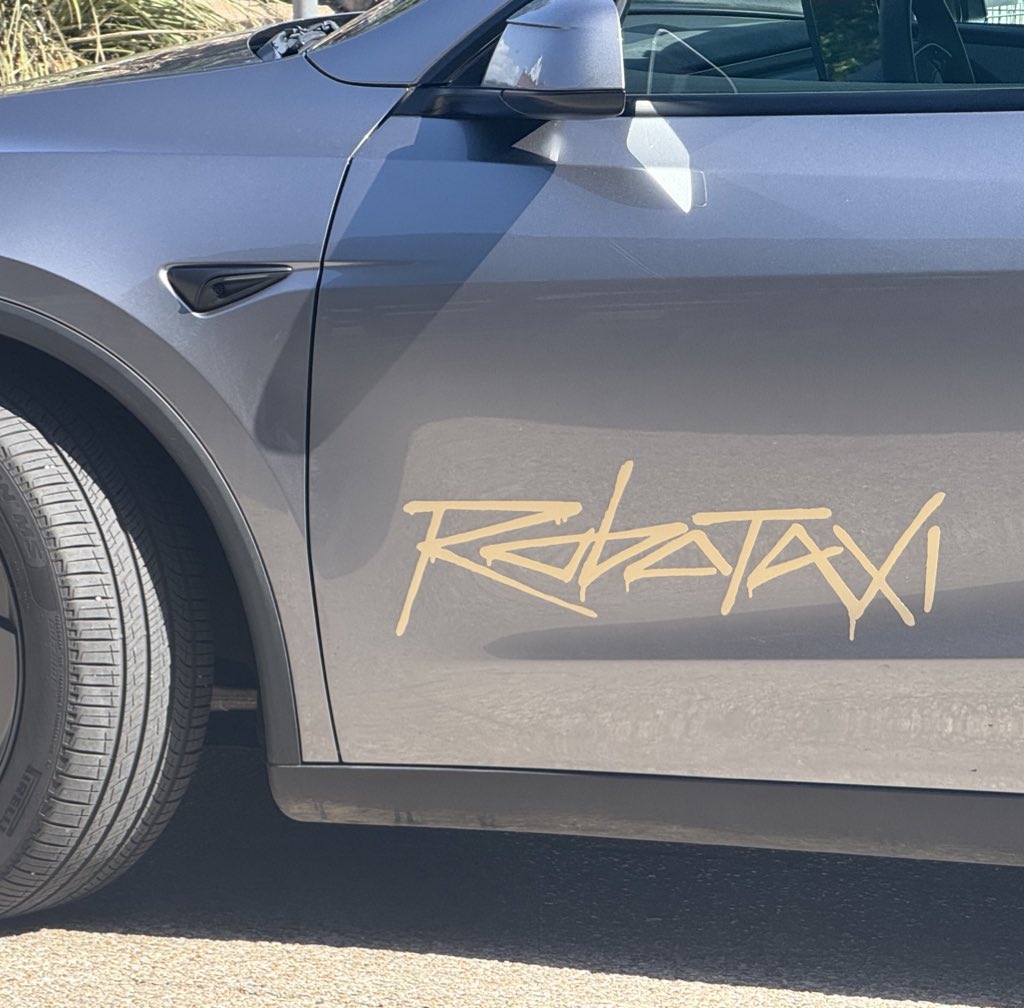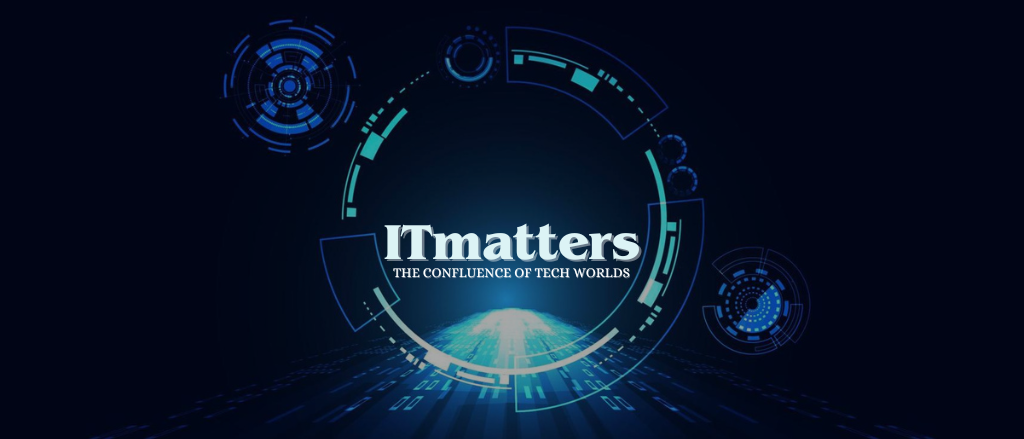
Pilot of First Paid Rides Underway
Tesla has entered a new phase in its autonomy journey. Over the weekend, the company launched a pilot robotaxi service in Austin, Texas, allowing paying passengers to ride in self-driving cars without anyone behind the wheel.
CEO Elon Musk hailed the launch as a key milestone, calling it “the culmination of a decade of hard work.”
The trial is small but symbolically important. It is Tesla’s first attempt to commercialize its autonomous tech — and a signal of how far the company is willing to go to lead the driverless mobility revolution.
A Tightly Controlled Launch to Prove Readiness
Tesla invited a select group of social media influencers to take early rides in the robotaxis. The vehicles had no one in the driver’s seat, but a front-seat safety monitor was present.
Each ride costs $4.20, a nod to Musk’s known online persona. For now, Tesla is limiting the pilot to around ten vehicles operating in select areas of Austin.
These robotaxis avoid poor weather, complex intersections, and underage passengers. Tesla says this cautious approach is aimed at ensuring safety and building trust — a lesson other AV companies have learned the hard way.
Tesla’s Approach vs the Industry Norm
Tesla takes a unique route. It uses only cameras and neural networks to power self-driving — without lidar or radar. Musk believes a vision-only system is cheaper and more scalable.
Other companies have gone a different route:
- Waymo, owned by Alphabet, uses a combination of lidar, radar, and cameras. It runs a commercial robotaxi service in Phoenix and parts of San Francisco.
- Zoox, Amazon’s self-driving arm, is testing fully autonomous, bidirectional vehicles without a steering wheel. Its design is tailored for robotaxis from the ground up.
- Cruise, a GM subsidiary, once operated robotaxis in San Francisco and Austin but was forced to pause after a pedestrian accident led to safety concerns and regulatory pushback.
- Baidu’s Apollo Go has made major progress in China, where fully driverless robotaxis now operate in multiple cities with limited human oversight.
These players all use teleoperation support when needed. However, Tesla has yet to fully clarify whether its cars use remote human help, though job listings suggest it’s part of the plan.
Analysts believe human teleoperators may still be supporting these Tesla robotaxis remotely. In situations where the vehicle gets confused — such as a crowded street or roadblock — a human may step in to guide it.
This method is widely used in the industry, but it raises questions about reliability at scale. Experts like Carnegie Mellon’s Philip Koopman caution that connectivity issues could break the system in critical moments.
Texas Embraces, Then Regulates Driverless Cars
Days before Tesla’s rollout, Texas passed a new law requiring permits for driverless vehicles. This marks a shift for the state, which previously prohibited local governments from regulating autonomous tech.
Starting September 1, AV companies must get approval from the Texas Department of Motor Vehicles. While the rules are not as strict as California’s, they allow state authorities to revoke permits if safety is compromised.
The move shows that even pro-tech states want guardrails in place as driverless cars move from test phase to reality.
Driverless Cars Face a Long, Complex Road Ahead
Tesla’s robotaxi test is significant, but it’s far from a full-scale rollout. Challenges remain: software maturity, public trust, safety records, and real-world edge cases.
Even with AI progress, experts agree that fully autonomous driving in diverse, unpredictable urban environments is years — or decades — away.
Tesla, Waymo, and Zoox each approach the problem differently. While Tesla bets on scale and software-first design, others focus on layered safety systems and real-time mapping.
No matter the strategy, the future of driverless cars depends on earning trust, proving safety, and navigating regulation — not just AI breakthroughs.
What This Means for Tesla and the Industry
Tesla’s valuation is increasingly tied to its ability to deliver autonomous technology. With its EV business facing competition, autonomy is seen as the company’s next big pillar.
If this Austin pilot proves reliable, it could open the door to Tesla robotaxi deployments in other cities. But one small success won’t be enough. Tesla must show it can deliver driverless rides at scale — without incident.
The Austin trial may be the end of the beginning, but the real test is still ahead.
